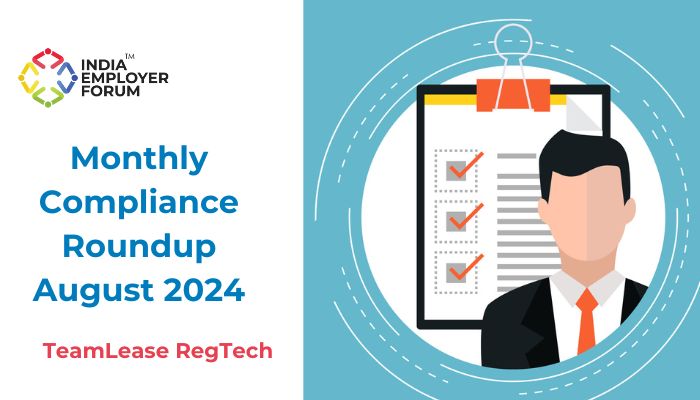Employees are often referred to as the “flag-bearers” or the “ambassadors” of an organisation. They are expected to behave in a manner prescribed not to tarnish the organisation’s image, culture, or values. While each company has its guidelines for disciplinary action at work, the overarching message remains the same.
In a case where an employee actively contributes to the organisation’s harm or malpractices, the human resources team, management, and leadership are left with no choice but to take strict or course-corrective measures.
What is disciplinary action at work?
Employee disciplinary actions are practices that the company applies to mend behavioural problems or help an employee who fail to meet performance expectations. The primary objective of disciplinary action at work is to nip the problem in the bud while documenting the issue in case the situation arises again.
Disciplinary actions range from mild to harsh, depending on the severity of the offence and also from organisation to organisation with the resources available.
You might also be interested to read: Background Screening Trends – What Has Changed, What Has Remained
Which offences require disciplinary action at work?
1) General and gross misconduct: General misconduct refers to behaviour that doesn’t necessarily mean malice or harm to the organisation or other employees. An example of general misconduct is disregarding the dress code and wearing flip-flops to work. It doesn’t require severe action or immediate termination. Gross misconduct may invite immediate termination, a final warning, or serious reprimanding. Some examples of gross misconduct are property theft, moonlighting, and sexual harassment.
2) Harassment: Sexual harassment, bullying, manipulating someone and causing mental stress by blackmailing someone are all dealt with strict disciplinary action. Any act that causes a person to feel afraid, hurt, sad, or humiliated must be dealt with immediately, especially if done on purpose. In such cases, a final warning may be given before the termination of the accused.
3) Job performance: A lack of work competence and failing to meet the bare minimum of expectations assigned to a particular role also requires disciplinary action. The HR and managers’ role is to identify why employees cannot perform. If the reasons provided are insubstantial, it is under the employer’s discretion to take necessary action.
4) Absenteeism and tardiness: Most organisations function under a five-day work-week schedule with eight hours to be clocked in every day. Failing to report to work several days in a row without concrete reason or evidence and arriving at work late every day will require disciplinary action.
5) Discrimination: Workplace discrimination can happen both between employers and employees. Discrimination can come in the form of being treated less favourably because of sexuality, race, gender, and age, among others. Having a formal non-discrimination act in the workplace helps sets boundaries and keeps the workplace transparent.
Types of disciplinary action at work
- Suspension
- Temporary loss of pay
- Verbal warning
- Termination of the contract
- Written warning
- Restricted privileges
- Demotion
Since each organisation deals with crude behaviour in its own way, it is essential to have processes and documentation in place. The document should be updated, and before carrying out any disciplinary action, it is crucial to conduct a thorough investigation. Communicate your disciplinary action policy to all parties involved and educate managers to handle every step reasonably and decorum.
References:
- Disciplinary Action at Work: All HR Needs to Know | AIHR
- Understanding Employee Disciplinary Action | PyjamaHR | March 1, 2022
- Things to Understand About Employee Disciplinary Action | Vantage Circle | August 12, 2022
- An HR Glossary for HR Terms | BambooHR
You might also be interested to read: Is Marriage a Criterion for Maternity Benefit?





